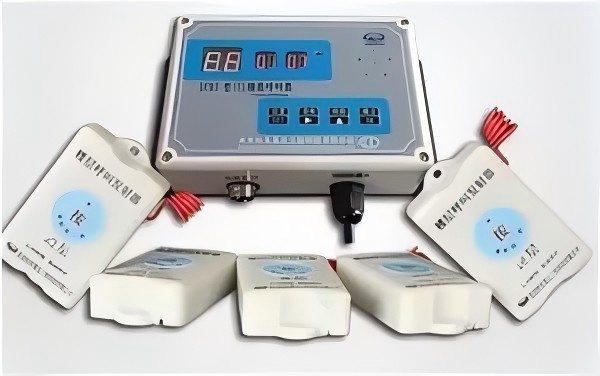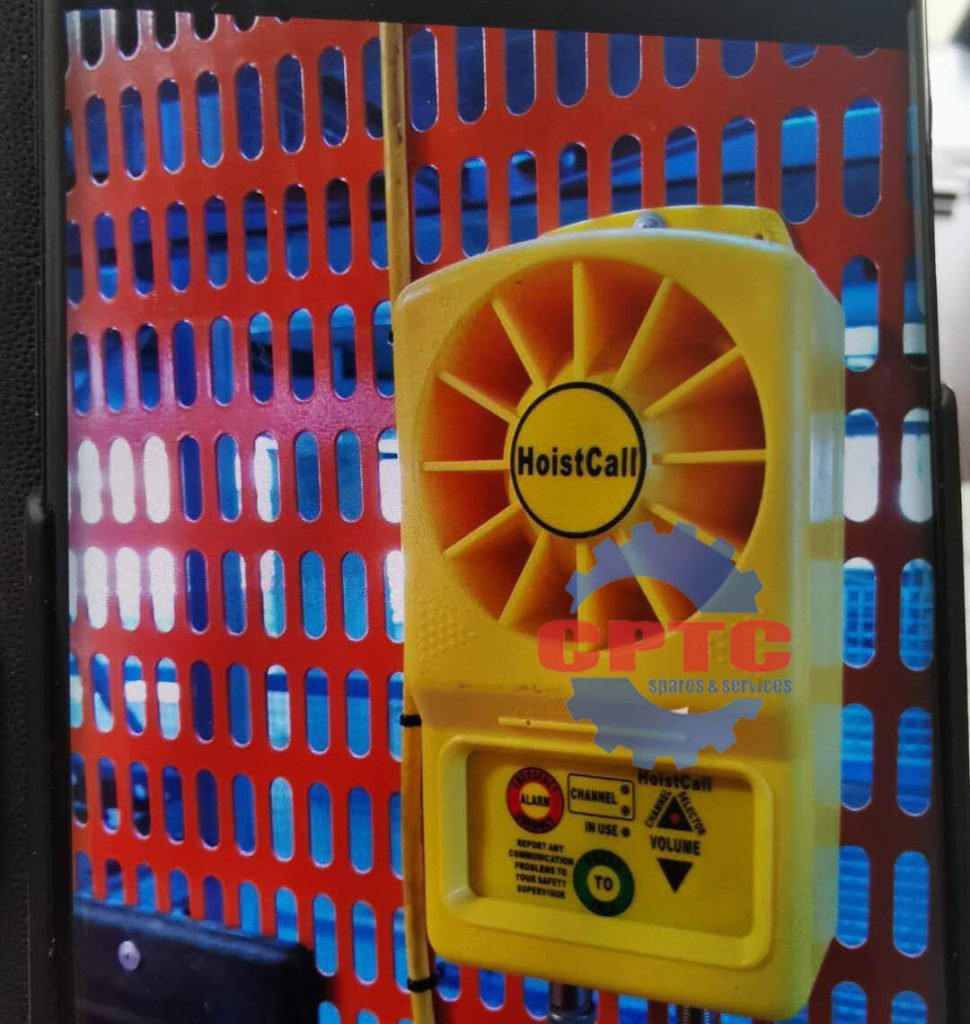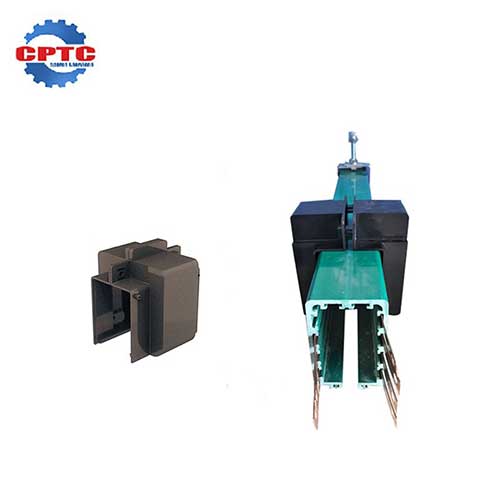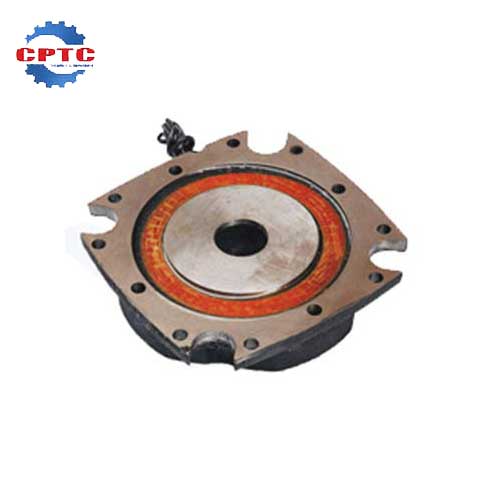On modern construction sites, time and coordination are of vital importance – especially when transporting materials and personnel between floors. The wireless hoist call system ensures clear and rapid communication between workers and elevator operators, which helps to reduce delays, minimize errors and enhance on-site safety.
However, there are all kinds of options on the market, each with different functions, coverage and durability – how do you choose the right system? This article discusses the precautions for wireless elevator call systems and how to select the appropriate solution based on the specific requirements of the project.
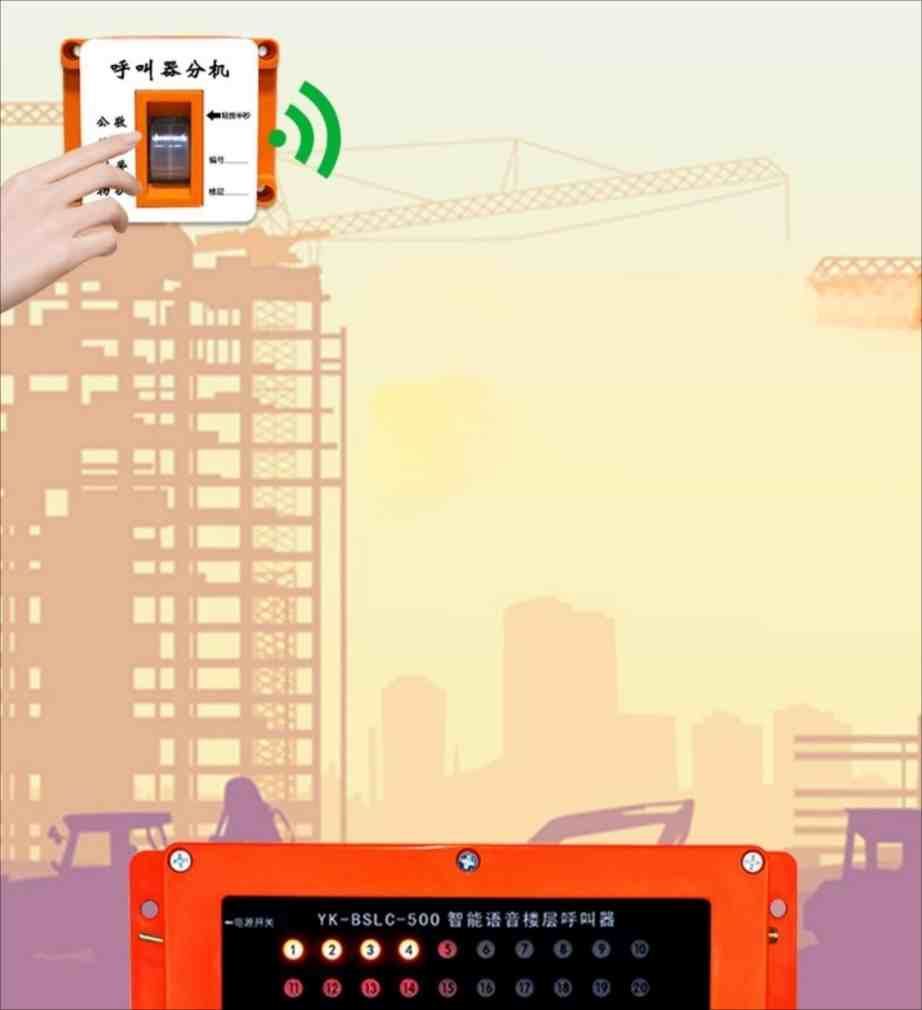
Why a Reliable Floor Call System Matters on Construction Sites?
A construction hoist call system is a communication interface that allows workers on different floors to call or signal the hoist to their location. This system typically includes:
- Floor call panels (with buttons and indicators)
- A central controller
- Signal transmission infrastructure (wired or wireless)
Why is it so important?
- Reduces wait times and communication bottlenecks
- Eliminates manual or verbal calls that lead to confusion
- Improves worker safety and coordination
- Optimizes hoist scheduling and logistics
- Essential for twin-cage or multi-hoist systems
As jobsite complexity grows, having a reliable, automated call system becomes critical to maintaining smooth operations.
Wireless Construction Hoist Call Systems
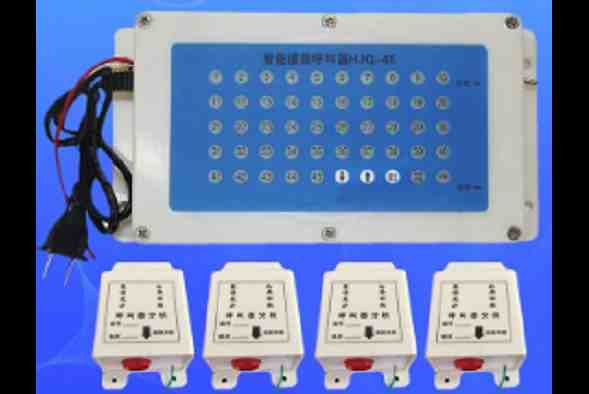
The wireless construction hoist call system communicates using radio frequency (RF) or other comparable wireless technology, without any physical cable between the floor and central controller.
Key Features:
- Easy and rapid installation: No cables required. Wireless panel is simple and easy to install rapidly and reposition as required based on changes in on-site conditions.
- Independent power supply: They have batteries or rechargeable power units within the floor unit and can operate autonomously.§
- Flexibility: It is highly suitable for frequent changes in floor plan with revision or temporary installation in case of emergencies.
Considerations:
- Possible signal interference: Metal structures, density of concrete or other electronic devices can cause interference to wireless communication and must be properly managed in terms of frequency.
- Power management: Batteries need to be replaced or recharged regularly to prevent communication disruption.
- Security: Proper protocols and encryption must be employed to prevent interference or unauthorized use.
Wireless systems are well-suited to fit the needs of short-term projects or construction sites that require rapid deployment and flexibility.
How to Choose the Right System for Your Project
Choosing the right wireless construction hoist call system is not merely about picking the product; more importantly, it is about ensuring reliable communication and smooth on-site coordination. The following are the key factors to consider when evaluating whether the system is suitable for your specific project:
Project scale and coverage
First, assess how many floors or areas your elevator will serve. A high-quality wireless system should support multi-floor communication without signal delay or confusion. For high-rise buildings, please choose a system with long-distance transmission capabilities and the ability to handle calls from multiple floors simultaneously.
Note: If the height of the building increases later, please ensure that the system can be easily expanded.
Signal stability and anti-interference capability
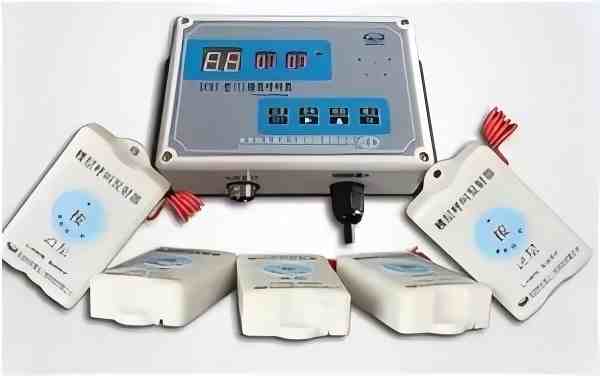
The wireless performance at construction sites is usually affected by metal structures, concrete walls and electrical interference. Please select a system with the following features:
- High-frequency signal penetration
- Anti-interference shielding
- Dual antenna or mesh network function
These features can ensure that your system remains stable even in complex or high-density environments.
The functional features you truly need
Based on your workflow and the scale of your construction site, please consider the following features that can enhance usability
- One-click call and cancel
- LED or LCD display screens are used for real-time status display
- Sound alarm or buzzer
- Emergency stop or priority call button
- The ground display screen on the driver’s panel
In addition, please check whether the system supports multi-language tags or custom button configurations, especially for multinational construction teams.
Durability and environmental friendliness
A solid system is a long-term asset. Make sure your wireless call button and receiver meet the following requirements:
- Dust and water resistant (IP65 or higher)
- Shockproof, it can prevent accidental drops
- When installed outdoors, it can protect against ultraviolet rays
The robust and durable structure ensures that your system can adapt to the actual construction environment without frequent replacement.
Installation and Maintenance requirements
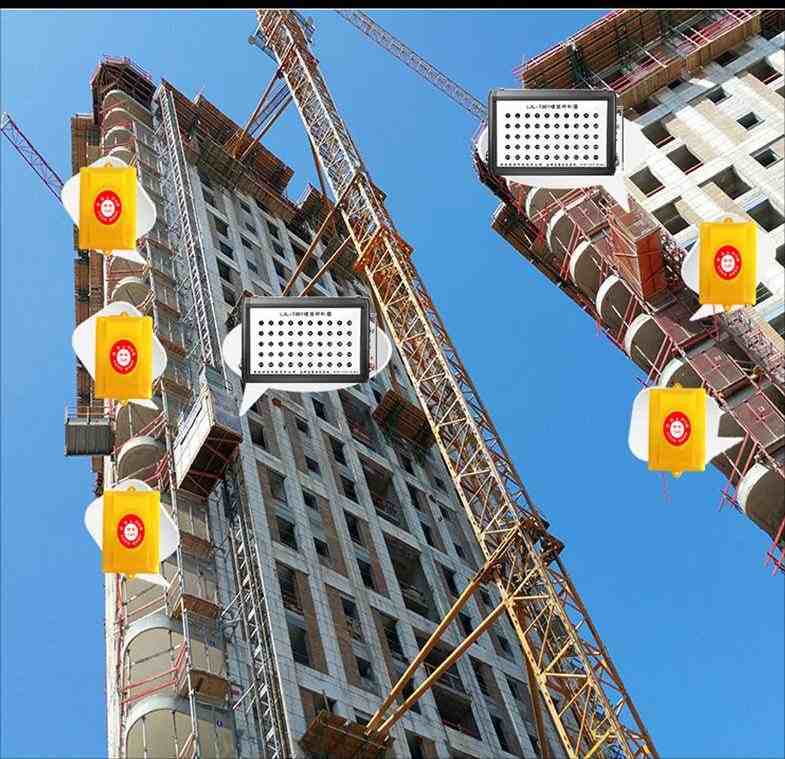
Wireless systems are highly favored for their ease of setup. But not all systems have the same functions. Please select a solution with the following functions:
- Plug and play installation
- No complex configuration is required
- Clear labels and quick floor allocation
- Convenient maintenance options (replaceable modules, firmware updates)
If your team has a limited number of technical personnel, please look for systems that offer remote support or on-site training options.
Need a Custom Wireless Solution?

Wireless floor call systems have become an important tool for improving communication and coordination at today’s busy construction sites, especially in the case of construction hoists. Whether you are hoisting workers, materials or equipment, a fast and reliable calling system can ensure that each trip is efficient, safe and punctual.
CPTC focuses on designing customized wireless floor call systems for construction hoist applications. Our solution is designed to address the demanding requirements of high-rise environments, frequent floor changes, and daily use. Whether you are working in a residential building, a commercial complex or a temporary construction site, CPTC can provide reliable and easy-to-install systems to ensure the continuous operation of your construction site.
Do you need expert advice or tailor-made solutions? Contact CPTC immediately to discuss your project requirements and learn how our system can improve the operation of your construction hoist.
Related Products
Construction Hoist Floor Calling System
Effortless installation
Reliable performance over extended ranges
Accommodates…
Hoist Intercom
High-strength engineering nylon outer shell (durable)
Easy…
Conductor Bar System
Stability and high…
Brake Coil for Construction Hoist
Spring-applied braking;
Precise Coil Resistance;
For 11kw, 15kw,18.5kw motor.

